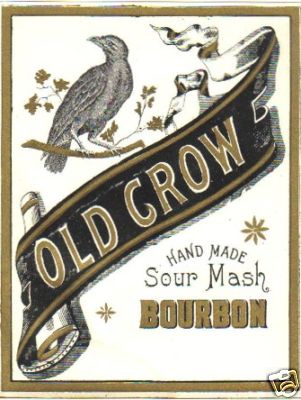Bottled in Bond Act of 1897
- On May 22, 2018
American whiskey can be very difficult to understand. Bourbon specifications, mash bill grain selection, sourcing liquid from other states and countries, and blending all create confusion when trying to find that next great bottle. Never fear! There is one whiskey category you can count on for consistency: Bonded! Bonded whiskey emerged in 1897 from the Bottled-in-Bond Act to create a consistent quality against illegal blenders. To be labeled bottled-in-bond, the whiskey must be aged for a minimum of 4 years under government supervision, by one distillery, in one distilling season, and bottled at 100 proof, or 50% alcohol.
Before the act, the whiskey scene was difficult to profit off as a producer, and probably more difficult to navigate as a consumer. Distillers sold barrels wholesale to rectifiers, the distributors and blenders of the day. There were some rectifiers making an honest living but a handful ruined whiskey for everyone. Those rectifiers would add water, prune juice, or tobacco spit to add color and volume to the whiskey, creating more profit per barrel, usually with dubious age statements. At the same time, brand name whiskey was taking off, including E.H. Taylor, Chicken Cock, and Old Crow, but rectifiers could take that whiskey and adulterate it without a nationwide control of quality.


Rectifiers weren’t the only obstacle distillers were facing. A large whiskey tax evasion ring in 1875 jeopardized the government’s ability to finance infrastructure. America already had issues enforcing taxation on whisky, but in 1875, 176 people were indicted in a conspiracy that included the Treasury Department supervisor for the area and President Grant’s’ personal secretary. The response was to raise taxes on whiskey, 15 cents. Combined with illegal moonshiners and producers who ignored the tax, legitimate whiskey distillers faced an extremely uphill battle.
Around 1890, producers started bottling themselves but consumers still wanted assurances the bottles weren’t counterfeit. Enter bonded whiskey. The government already allowed whiskey to remain in controlled warehouses, paying taxes only after the whiskey leaves the site. This allowed producers longer time to sell the whiskey, reduce overproduction due to a lack of demand, and reduced their upfront costs. To further protect consumers and producers alike, the Bottled-in-Bond Act of 1897 set legal regulations on what whiskey could be labeled as Bottled-in-Bond:
- Made from one distillery
- Made during one distilling season, January – December
- Aged for at least 4 years
- With nothing added save for water for dilution
- Bottled at exactly 100 proof

The bottles also had to identify where the whiskey was produced, and had to have a green wrap over the cork with a picture of then Treasury of State John G Carlisle. The passage of the bill the first of many bills ensuring production and labeling standards across the food and beverage industry. Eventually, future laws defined straight whiskey, blended whiskey, and eventually bourbon. But for now, consumers knew what to look for if they wanted “the good stuff,” bottled-in-bond.
Today, bonded whiskey is making a come back. Large whiskey houses Heaven Hill, Sazerac, and Jim Beam are putting out a handful of quality bonded whiskies at all price points. Try a few with Aaron on Thursday, May 24th from 5-8pm.


0 Comments